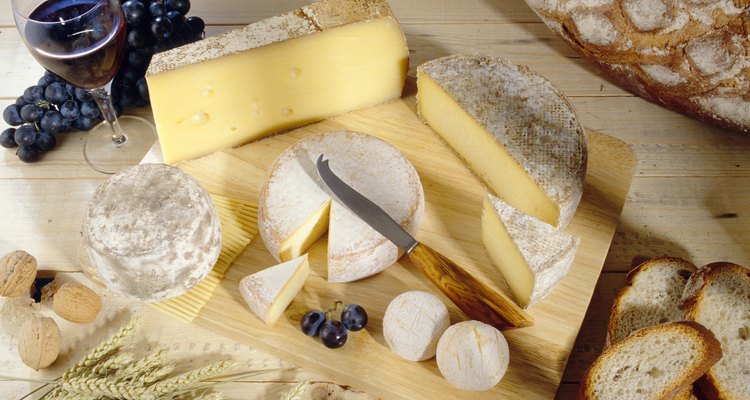
Goodshoot/Goodshoot/Getty Images
Cheese accounts for 9 percent of the fat consumption in the American diet, according to the National Dairy Council. Cheese is also a great source of calcium and protein. Choosing lower fat cheeses can help you reduce the amount of fat in your diet while still consuming adequate amounts of these important nutrients.
Portion Distortion
A serving of cheese is quite small. One way to make sure you keep your fat intake low is to measure your portion of cheese. An ounce of cheese is usually one serving or about the size of two dice or a 1-inch cube. If you buy pre-sliced cheese, read the label and make sure one slice equals one serving. Some manufacturers offer thinner sliced cheese to reduce the amount of fat and calories you eat.
On the Lighter Side
According to the University of Rochester Medical Center, cheese containing less than 3 grams of fat per serving is considered low-fat. Cheeses made with 2 percent or skim milk usually fall into this category. Some manufactures produce a variety of low-fat versions of cheddar, Colby, Swiss and several other types of cheese. Part-skim mozzarella and string cheese are made with low-fat milk, so they contain less fat than regular cheeses.
The Softies
Soft cheeses such as cottage cheese are available with different amounts of fat. Fat-free cottage cheese contains no fat, and regular cottage cheese contains 10 grams. If you don’t want to go completely fat-free, try 1 or 2 percent cottage cheese. They contain 2.5 grams and 4.5 grams of fat, respectively, so you’re still cutting your fat intake by more than half. Other low-fat soft cheeses include part-skim ricotta, Neufchatel and fat-free cream cheese. Feta, goat cheese and queso fresco contain about 6 grams of fat per ounce; a little more than other soft cheeses, but not as much as regular varieties.
Less is More
Some cheeses, although higher in fat per ounce, have strong flavors so you tend to use less, cutting down on the fat content of the dish you are preparing. Some of these cheeses include sharp cheddar, Parmesan and Romano. These cheeses contain between 7 and 10 grams of fat per ounce. If you use less than half an ounce sprinkled on top of your pasta or mixed in to your casserole, you consume the same amount of fat you would if you used more of a lower fat cheese, and you haven’t sacrificed flavor.
Related Articles
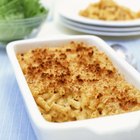
Can I Make Baked Macaroni & Cheese With ...

Can White Gravy Be Made With Almond ...

How to Store Cheese

How to Defrost Frozen Mozzarella

Can You Substitute Mascarpone With ...

How Much Fat Is in Feta Cheese?
How to Pan-Fry Cheese

Fresh Mozzarella vs. Regular Mozzarella ...

How to Freeze Cheeses
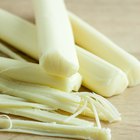
How Many Calories Are in One Cheese ...
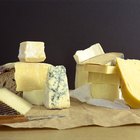
Nutritional Values of Cheese

How to Arrange Party Trays of Cheese & ...

Cheeses Similar to Feta
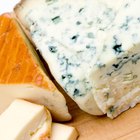
How to Crumble Gorgonzola Cheese
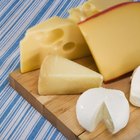
The Difference Between Fresh Cheese & ...
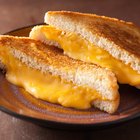
How Many Calories Are in a Slice of ...
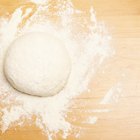
Baking Substitutions for Ricotta Cheese

The Calories in a Cheese Omelette

What Types of Cheeses Are Unpasteurized?

How to Order Cooper Sharp Cheese
References
Writer Bio
Kristin Mortensen began writing newspaper articles in 1992 for The Sierra Vista Herald. She has also been a registered dietitian since 1991, and has worked for hospitals, clinics and Women, Infants and Children (WIC) programs. Mortensen has a bachelor of science in dietetics from Brigham Young University.
Photo Credits
Goodshoot/Goodshoot/Getty Images